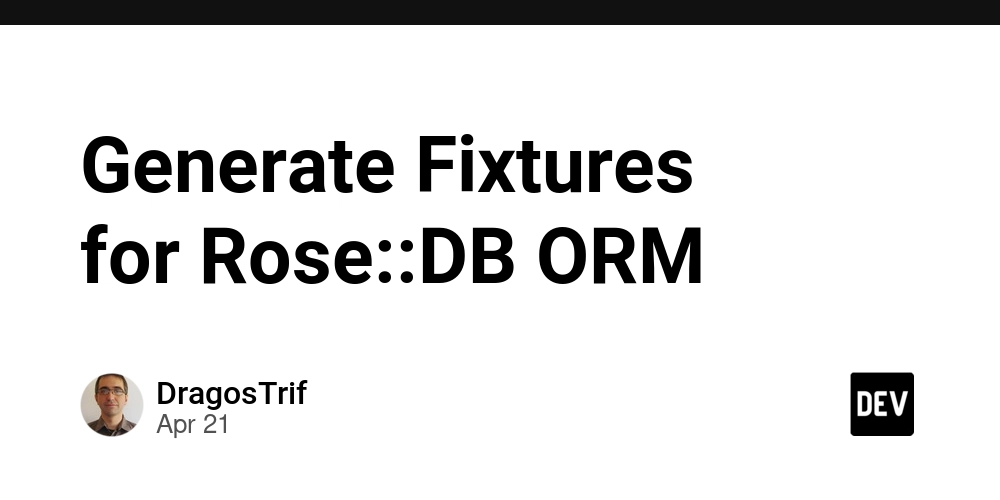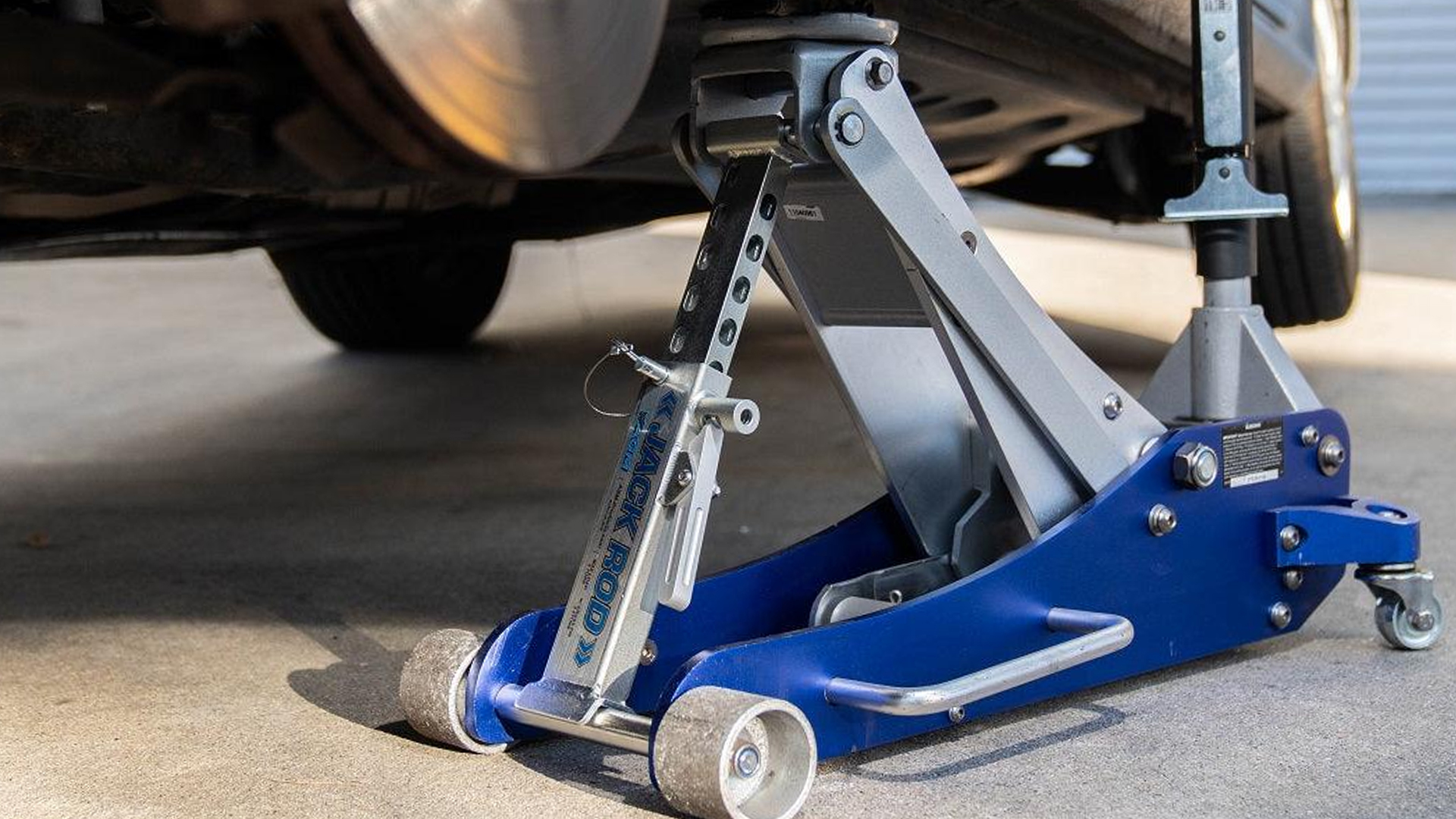To encourage more women to apply for leadership positions remind them of the gender gap, research finds
Researchers at Wharton tested whether calling attention to stereotypes could motivate women to apply for more top leadership positions.

Good morning!
It’s no secret that women are underrepresented in leadership roles. There are currently only 56 women CEOs on the Fortune 500, a little over 11% of the total. And there’s plenty of research going back decades suggesting that this could be due to women being less willing than men to enter competitive environments.
That said, researchers at Wharton Business School found a simple solution to encourage more women to apply to top leadership roles: reminding them of the gender gap.
The team drew on this concept of “stereotype resistance” which suggests that alerting people to generalized stereotypes can spark defiance against them. So they partnered with AboveBoard, an online job application platform aimed at filling senior and executive level leadership roles, to test out their experiment in real time. On average, those who identify as men on the platform apply to 19% more open positions than women, the research finds.
“There's really excellent research going back almost 20 years showing that women who are equally competent, are less willing to enter competitive environments than men,” says Katherine Milkman, professor of operations, information, and decisions at The Wharton School of Business and advisor to Sophia Pink, the PhD student “brainchild” behind the report. “Our goal was to figure out if there was some actionable way to fix that.”
So, the team showed women who logged on to AboveBoard (between mid-February 2023 to the end of May of 2023), one of two different banners at random determined by a digital coin flip. One called out a general “usage gap,” alluding to the fact that those who use the platform more have an upper hand when it comes to landing a role. The other directly called out Stanford research around gender gaps, and suggested that by applying to more jobs, women could help close it (see below).

Compared to the first control message, the second banner, informing women about gender gaps in competition, increased the chances that they would submit a job application by over 20%, the study found. This suggests that providing that little extra encouragement, specifically around combating stereotypical norms, can increase a woman’s willingness to compete for top roles.
Additionally the researchers conducted interviews with 13 women who were shown the banner about the gender gap. Of those, six expressed reactance, either being angered by the message or feeling an immediate desire to close the gap.
“It sort of brings to light, or puts a focus on, a bias that may be just so deeply ingrained and baked into your way of thinking that you needed a pointed message to call it out,” one participant said about seeing the second banner.
In all, the research serves as a reminder to corporate leaders that if they want a more balanced applicant base, and see more women applying for top positions, sharing basic reminders around ingrained stereotypes could help.
“If there are important decision moments when women have the opportunity to compete for something, whether that’s putting their name in the hat for a promotion or accepting a nomination, providing a micro bit of education around stereotypes that could hold them back can clearly be powerful.”
Brit Morse
brit.morse@fortune.com
This story was originally featured on Fortune.com


































































